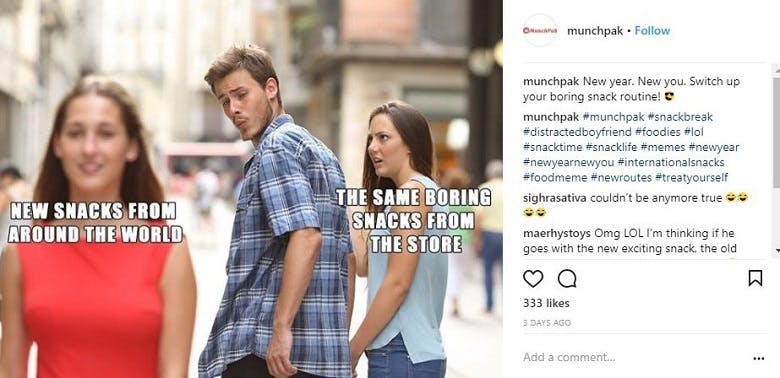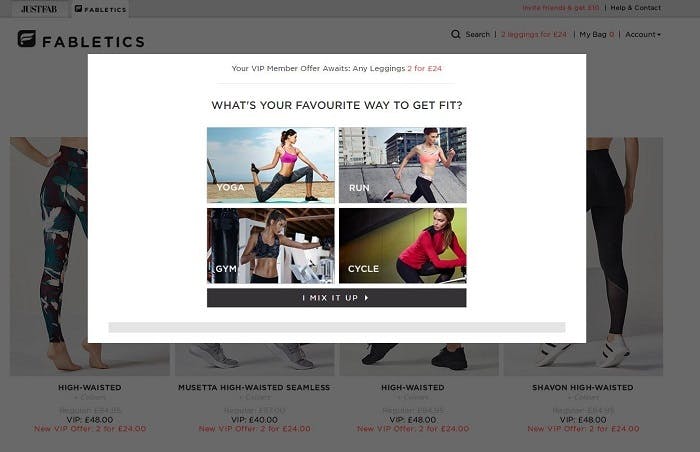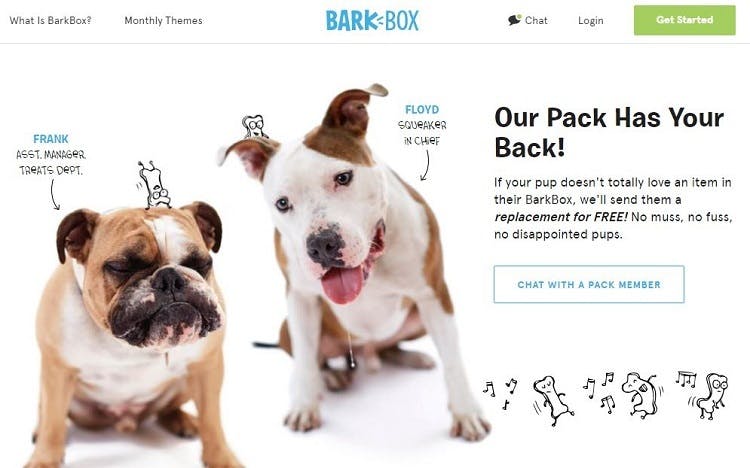There are a wealth of new companies entering the market, now offering consumers a regular box of goodies ranging from pet food to beauty products.
So, what can we learn from the growing success of the subscription box model? Here are four key lessons.
Surprise and delight consumers
Research suggests that 96% of American consumers have made at least one purchase online in their lives, and more significantly, 80% have made at least one in the past month. This shows how commonplace online shopping has become, with competition in the market hotting up as a result.
Due to this ‘I want it now’ mentality, many ecommerce brands are struggling to keep up with consumer demand. With the ability to buy whatever we want online, whenever we want, giants like Amazon are reaping the rewards of a super-fast distribution model, and leaving others in the dust.
Meanwhile, subscription box brands stand out with an alternative prospect – and that is unexpected discovery. There is an intrinsic thrill associated with receiving a box of new products in the post each month, with subscribers typically remaining unaware about the specifics of what’s inside. Subscription boxes take the associated pleasure of receiving a package from Amazon or ASOS and elevate it, with surprise and delight a key part of why consumers continue to renew.
Snack brand MunchPak relies on this, offering consumers an array of different snacks from around the world. It builds excitement around unusual and exotic snacks, delighting its audience with a new and different experience each time.

Delivering a personalised CX
Subscription box brands also realise that not everyone likes surprises. The ability to offer a personalised service is also a big draw, with websites allowing users to tailor their boxes according to individual preferences.
This data is usually generated from the sign-up or registration process. For example, gym apparel brand Fabletics asks users to take a quiz about their work-out and style preferences, using the answers to inform what items they will receive each month.

For the most successful subscription brands, however, personalisation does not stop there. Most capitalise on this initial data to not only inform the product, but the entire customer experience.
Birchbox is one brand that does this, with data being used to tailor email and app communication and deliver personalisation throughout the entire customer journey. It offers ‘personalisation that disappears’, meaning that customers will receive the right message at the right time (without it affecting the joy of discovery or appearing overly intrusive).
Providing incentive and reward
Most ecommerce brands have a content strategy, using it to inform, entertain, and engage consumers about a product or service.
For subscription box brands, the key is to make this content as relevant to the product as possible, often creating content that revolves around how to make the most of what’s inside the monthly box.
Brands are also beginning to recognise the benefits of expanding this from blogs or videos into other marketing channels. For example, Sephora’s subscription service Play! works in conjunction with the brand’s wider app, as well as the ‘Play Pass’ that allows customers to find out more information on box products in Sephora stores.
Essentially, the product alone is no longer enough, and it is through the promise of additional value that subscription box brands capture new subscribers.
Another tactic that falls under this umbrella is the referral programme, which rewards subscribers for telling their friends. This strategy is beneficial for the brand in multiple ways. First – with consumers four times more likely to believe a friend rather than an advert – it can be an effective acquisition tool. Secondly, it rewards the referrer, which helps to continue the cycle of advocacy and build loyalty to the brand.
Dollar Shave Club encourages customers to share with their friends with an incentive of $5 credit. While this is not the biggest or best example of a reward, the site’s easy-to-use form and Facebook plugin makes it super easy for users to do so.

Investing in relationships
The basic premise of the subscription model means that customers are not just seen as one-off sales, but a long-term investment. As a result, retention tends to be more of a focus than acquisition within the market – something that general ecommerce brands could also learn from.
Not only is retention cheaper than acquisition, retention strategies often centre around improving the overall customer experience, largely through better customer service, seamless delivery, and offers and rewards. By concentrating on how to keep customers rather than attract them in the first place, brands are able to get back to basics and demonstrate a customer-first approach across the board.
Barkbox is one brand that strives to offer a great all-round service, reassuring customers that they’ll receive a free replacement if their dog doesn’t like something in the box. Similarly, its prominent chat option and social media buttons let people know that help is on hand at any time. Features like this are simple, but can massively help to increase the chances of retention and reduce cancellation rates.

Related reading:

Comments